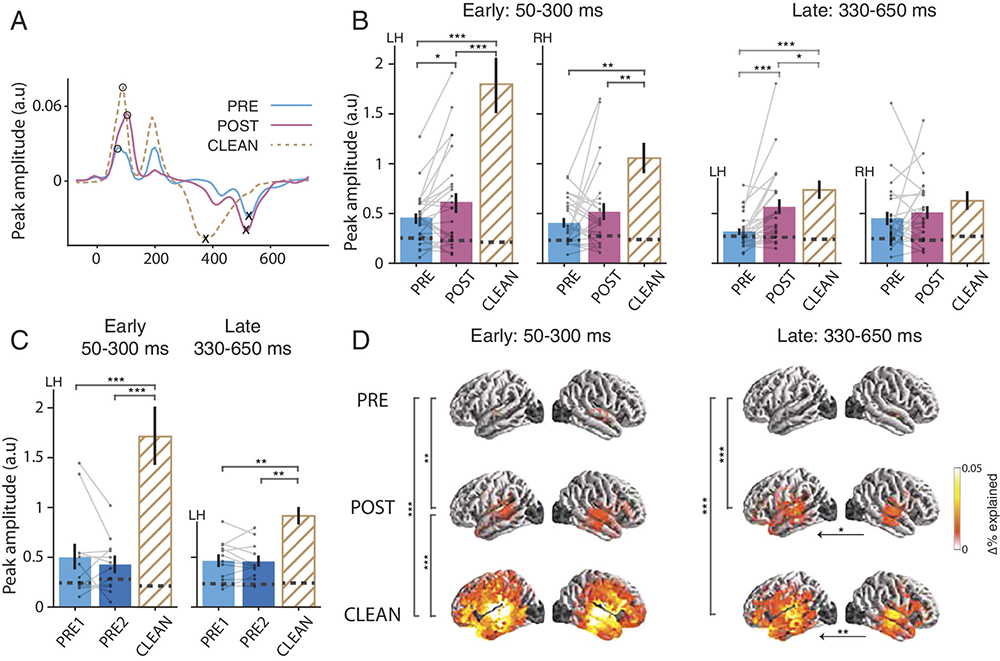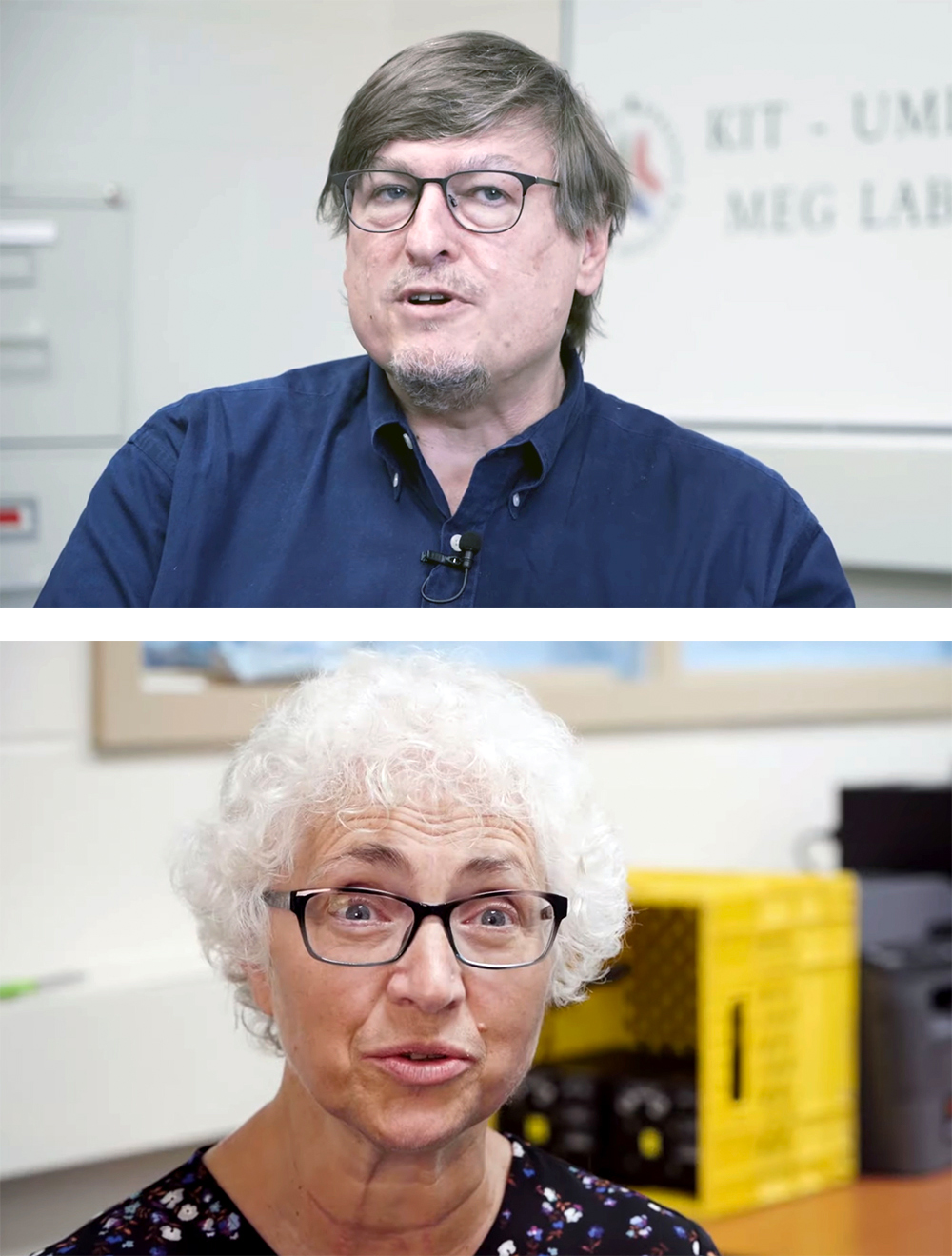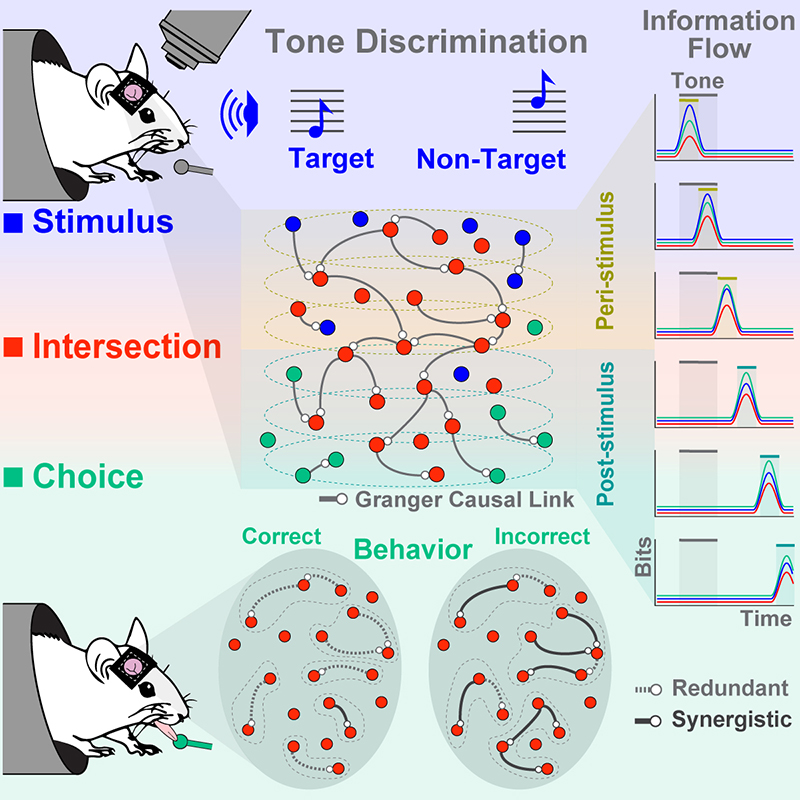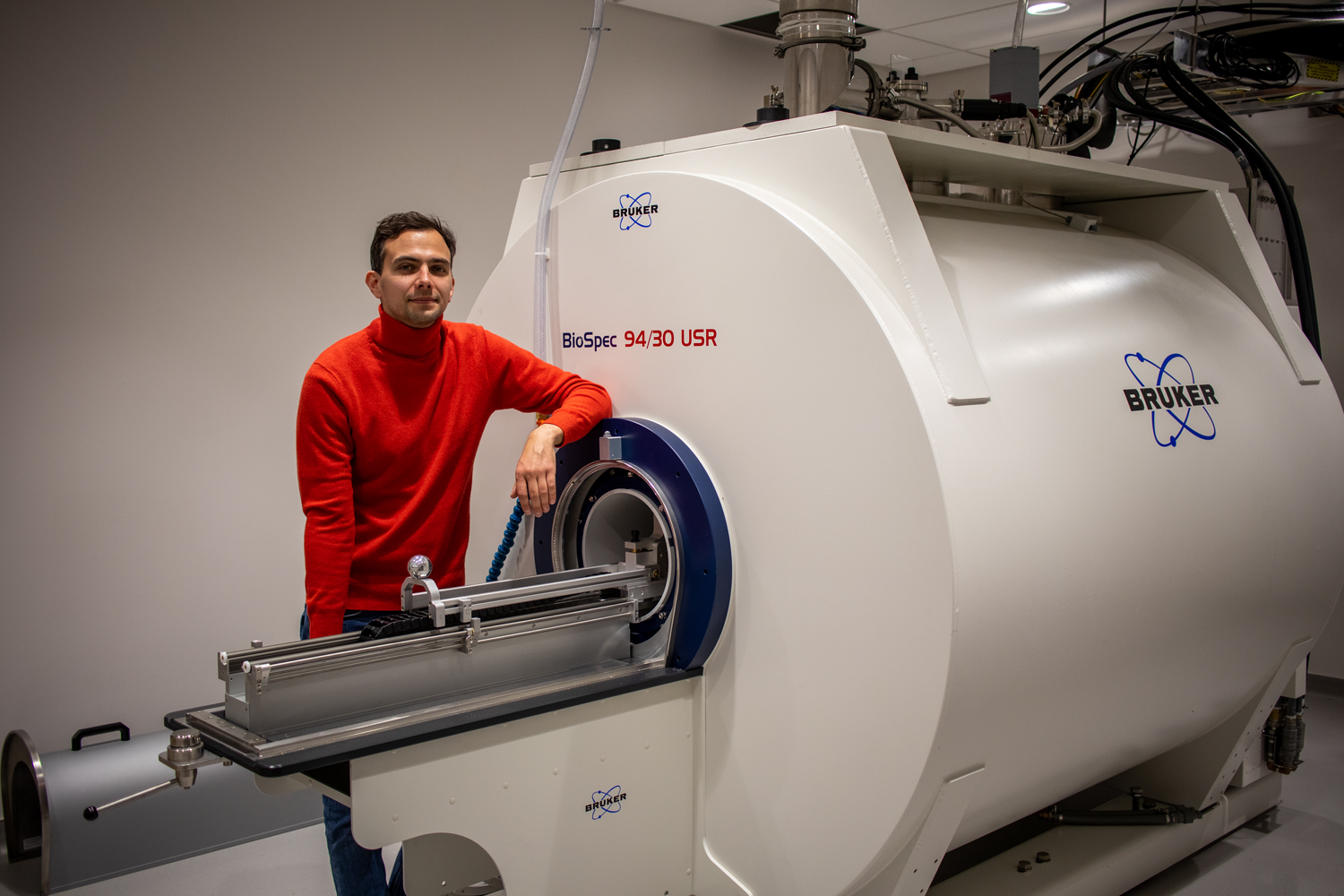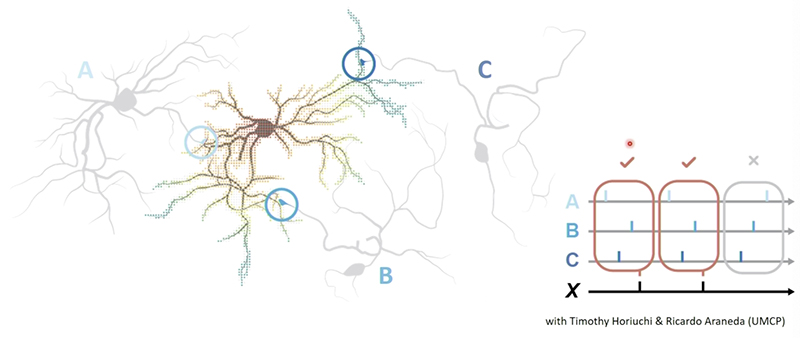News Story
Waks, Shapiro receive NSF EAGER grant to test spintronic devices
Associate Professor Edo Waks (ECE/IREAP) is the principal investigator and Professor Benjamin Shapiro (BioE/ISR) is co-PI on a two-year, $300K NAS BRAIN EAGER grant, “Wireless Measurement of Neuronal Currents Using Spin-Torque Nano-Oscillators.”
The brain is a complex network of interconnected circuits that exchange signals in the form of “action potentials,” which hold the key to understanding cognition and complex thought. Currently available non-invasive methods for probing neuronal activity are limited because they cannot achieve sufficient spatial or temporal resolution to observe individual action potentials from single neurons or small clusters.
Waks and Shapiro will develop a novel approach for non-invasive measurements that can read out individual action potentials across the entire brain. Their project will take advantage of recent advances in spintronic devices to create injectable nano-reporters. These nano-reporters will detect weak electrical signals in the brain and convert them to microwave signals that can be detected wirelessly outside the body using a spin-torque nano-oscillator (STNO). This approach could ultimately lead to the first non-invasive technology capable of measuring activations of individual neurons and small-scale neuronal networks in primates and humans, and could have a major impact on the understanding of the inner workings of the brain and cognition. The approach also could have important clinical applications, particularly in neurological disorders and brain machine interfaces.
About the STNO
The STNO is a nanoscale device and can report on the firing and location of a single neuron. It responds in microseconds to electric signals, and thus can be directly used to measure individual neuronal action potentials. This project represents the first application of the exciting and rapidly evolving field of spintronics to neurobiology. A test system will be developed that includes a neuron simulator (a tunable circuit that simulates the voltages and impedance of a single neuron) and a high-sensitivity microwave receiver to demonstrate the ability of these devices to wirelessly report the activation state of a neuron. This project also involves the design, fabrication, and test optimization of STNO devices for neurobiological applications. The ultimate and specific goal is to perform a proof-of-concept demonstration of the apparatus on a live axon.
This award is made jointly by two NSF programs: the Instrument Development for Biological Research program (IDBR) and Emerging Frontiers (EF) in the Directorate of Biological Sciences (BIO).
Published September 3, 2014

